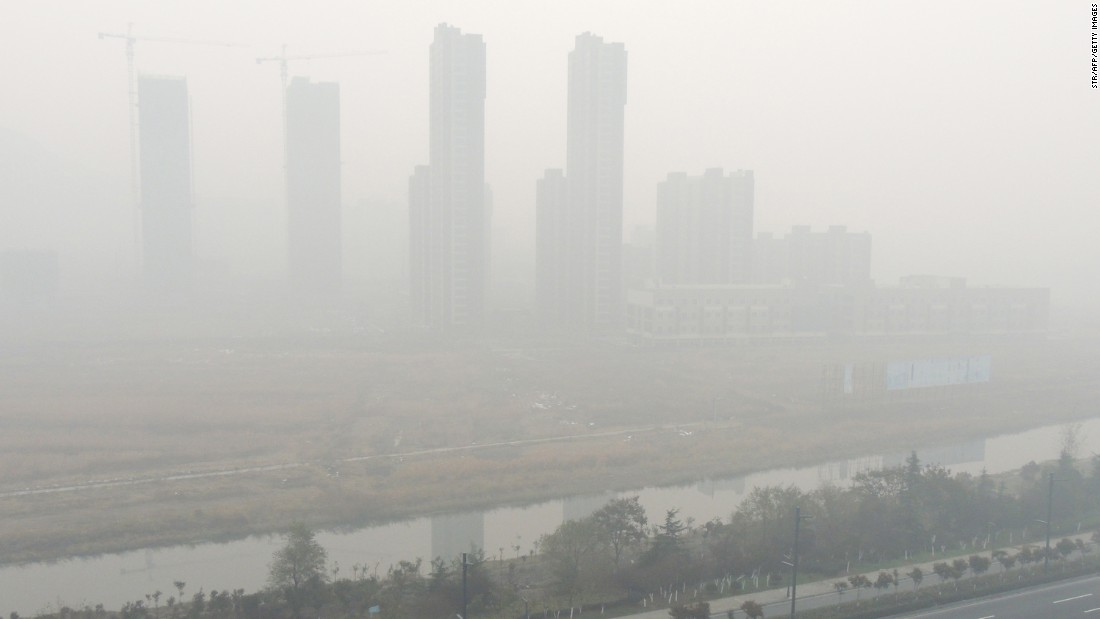How do the people of China affect its environment? China’s spectacular economic growth-averaging 8% or more annually over the past two decades-has produced an impressive increase in the standard of living for hundreds of millions of Chinese citizens. At the same time, this economic development has had severe consequences for the natural environment. There has been a dramatic increase in the demand for natural resources of all kinds, including water, land and energy. Forest resources have been removed, triggering a range of devastating secondary impacts such as desertification, flooding and species loss. How does the environment of China affect its people? China has a very diverse geographical landscape and this impacted ancient civilization considerably. To the southwest are the towering Himalaya Mountains, whereas the Kunlun and Tien Shan ranges are located on the western border of China. China hosts two deserts: the Taklamakan, which is the world’s second largest desert and is famous for poisonous snakes, sandstorms, and extreme temperatures; and the Gobi Desert, which is characteristically cold and located in the north. This has affected people by only allowing them to live and flurish in certain areas such as the coastal region of China. The smog pictured below is created by mass amounts of pollution in this area.

Leave a Reply